Bay leaf, also known as Laurus nobilis, is a staple herb in global culinary traditions. Known for its distinctive aroma and flavor, it is widely used in soups, stews, sauces, and meat dishes. While several countries cultivate bay leaves, a few dominate the global stage when it comes to large-scale production and export. This article explores in depth the country that leads the world in bay leaf production, with detailed insights into its cultivation practices, climatic conditions, economic significance, and global trade.
Understanding Bay Leaf and Its Uses
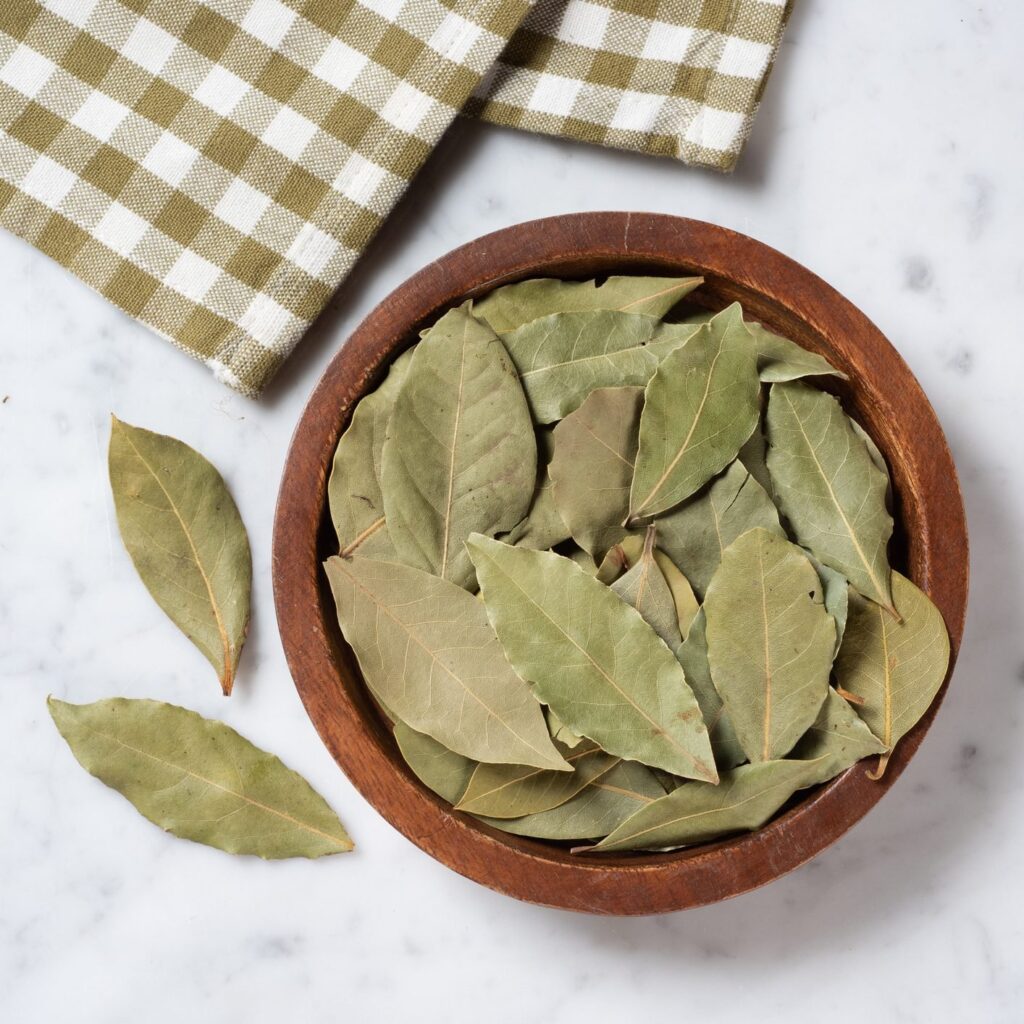
Bay leaf comes primarily from the Laurus nobilis plant, a small evergreen tree native to the Mediterranean region. However, other similar leaves from plants such as Cinnamomum tamala (Indian bay leaf) are also commonly referred to as bay leaves, particularly in South Asia.
Bay leaves are used in both fresh and dried forms and contain compounds like cineole and eugenol, which contribute to their aroma and medicinal properties. Beyond the kitchen, bay leaves are also used in herbal remedies, cosmetics, and traditional medicines for their anti-inflammatory, antioxidant, and digestive benefits.
Global Bay Leaf Production Overview
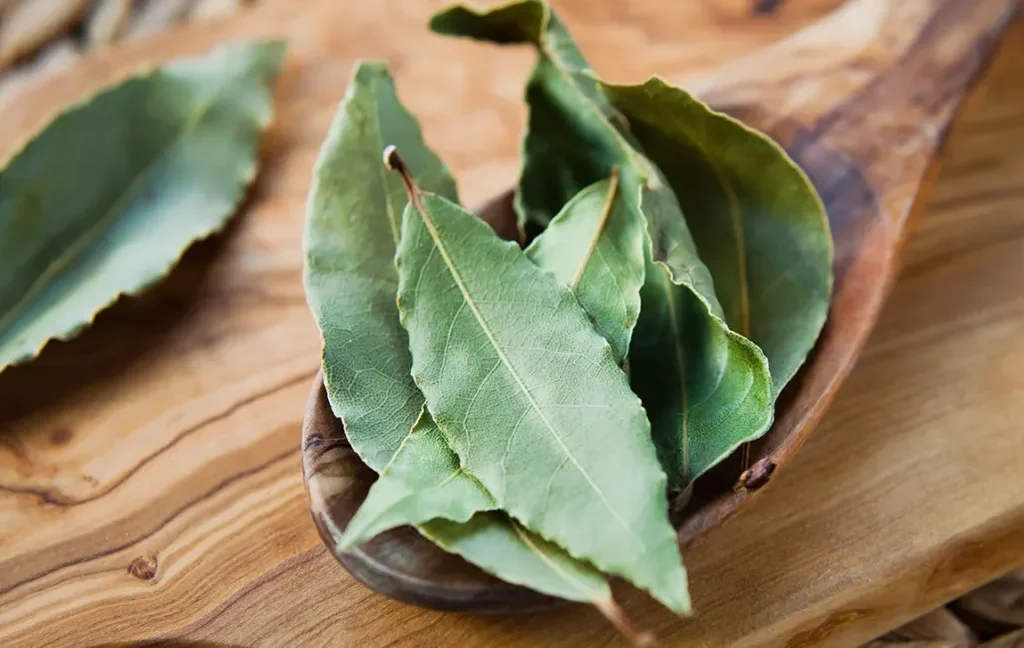
Bay leaf cultivation is concentrated in countries with suitable subtropical or Mediterranean climates. The primary bay leaf producers include:
- India
- Turkey
- Morocco
- Greece
- Indonesia
These countries cultivate either the Mediterranean bay leaf (Laurus nobilis) or other regional variants like the Indian bay leaf (Cinnamomum tamala). However, when it comes to overall production volume, India stands out as the largest producer of bay leaves in the world.
India: The Global Leader in Bay Leaf Production
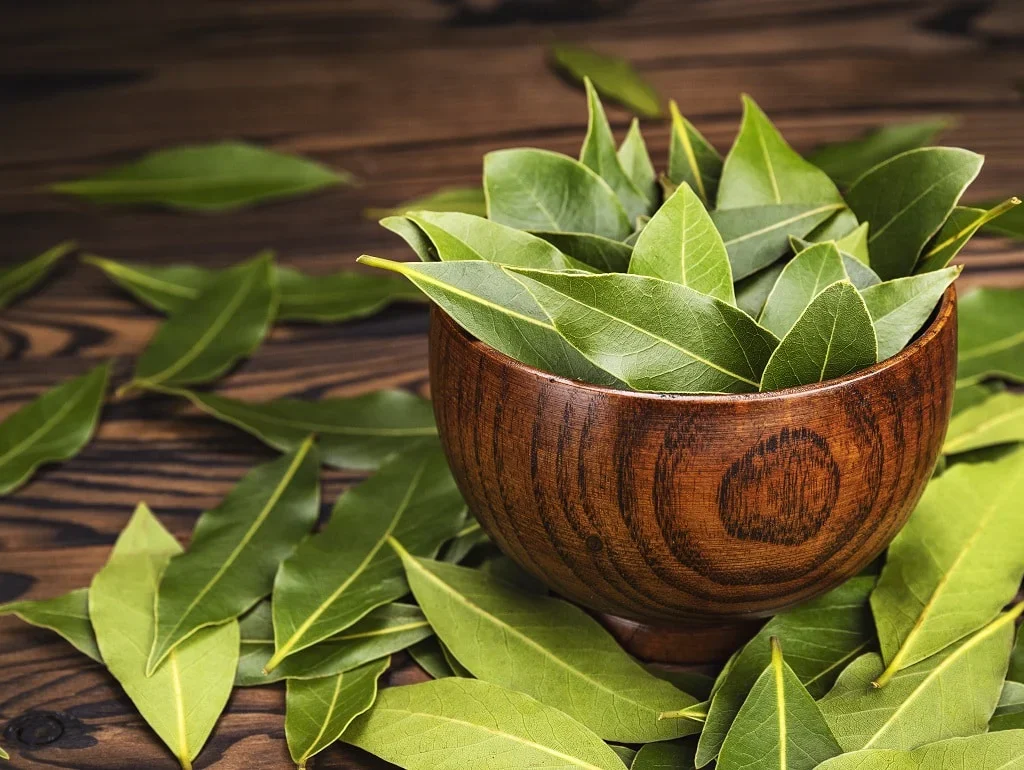
Geographic and Climatic Advantage
India’s leadership in bay leaf production is attributed to its favorable climatic conditions, especially in the Himalayan and sub-Himalayan regions. The Indian bay leaf (Cinnamomum tamala) thrives in the hill states of:
- Uttarakhand
- Himachal Pradesh
- Sikkim
- Nagaland
- Manipur
- Meghalaya
These states provide the required altitude (900–2500 meters), moderate temperatures, and consistent rainfall that promote healthy bay leaf cultivation.
Cultivation Practices
Bay leaf plants in India are typically grown in forested or agroforestry systems. Farmers often cultivate them alongside other crops or trees, making them part of sustainable land use.
- Propagation: Usually done by seeds or cuttings.
- Harvesting: Leaves are harvested manually, typically once or twice a year.
- Drying and Processing: After harvesting, leaves are sun-dried to preserve their oils and then sorted for quality.
Economic Significance
Bay leaf production provides significant economic support to rural communities, especially in the northeastern states and hilly regions. In states like Meghalaya and Nagaland, bay leaf farming is often integrated into traditional agriculture, contributing to both subsistence and cash income.
The Indian government and state agricultural departments support bay leaf cultivation through:
- Training on post-harvest management
- Organic certification programs
- Export facilitation
Export and Global Reach
India exports a significant amount of bay leaves to countries in the Middle East, Europe, and North America. The Indian bay leaf is especially valued for its bold aroma and larger size compared to its Mediterranean counterpart.
According to the APEDA (Agricultural and Processed Food Products Export Development Authority), India’s exports of dried bay leaves and related spices contribute to the overall spice export earnings, which surpassed USD 4 billion in recent years.
Other Major Bay Leaf Producers
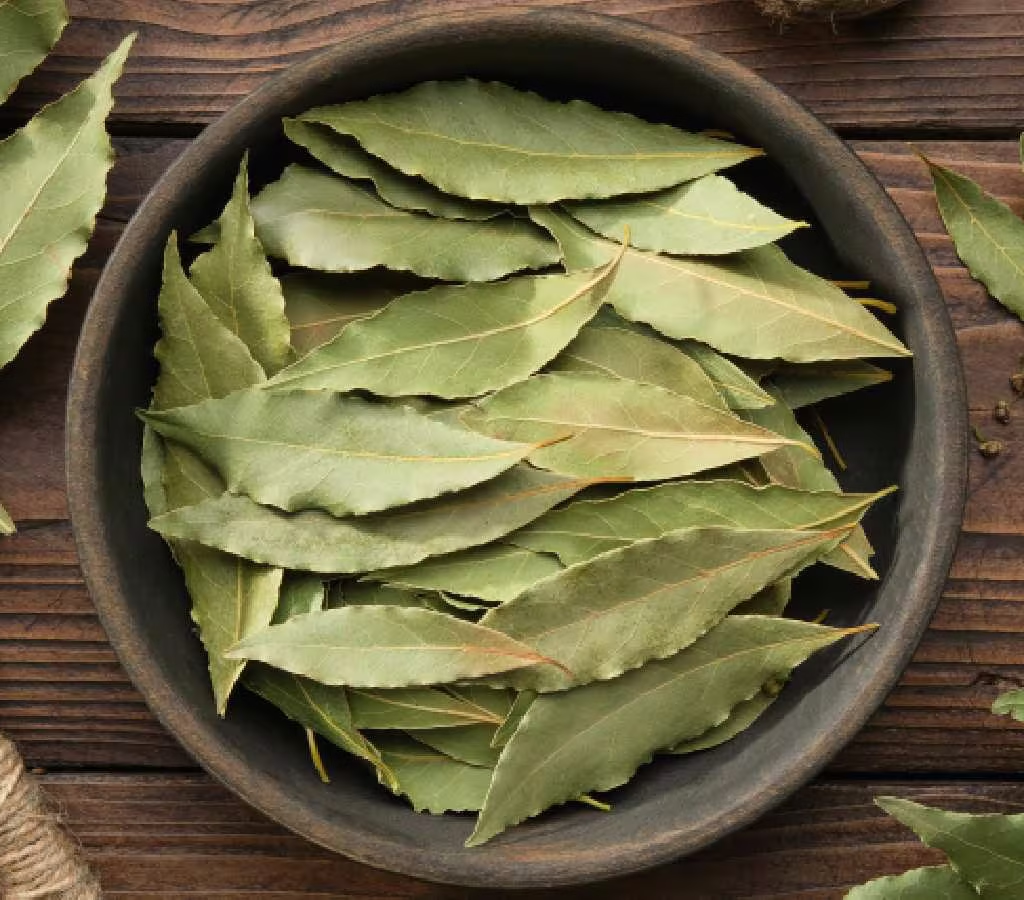
Turkey
Turkey is a major producer of the Mediterranean bay leaf (Laurus nobilis). Turkish bay leaves are widely used in European cuisine and exported globally. The Aegean and Marmara regions offer ideal conditions for cultivation. Turkey has established well-structured supply chains and remains a key player in the global bay leaf trade.
Morocco
Morocco’s bay leaf production, though smaller in volume, is known for its quality. It mainly caters to the domestic and European markets. The cultivation is traditional, with limited mechanization.
Greece
Greece also grows Laurus nobilis and contributes significantly to the European bay leaf market. The country’s rich culinary tradition helps sustain both demand and supply domestically.
Indonesia
Indonesia produces a different species (Syzygium polyanthum), known as Indonesian bay leaf or “daun salam.” It’s widely used in Southeast Asian cuisine but is not the same as Laurus nobilis. Therefore, its global market is more regionalized.
Comparison of Production Volumes

While specific statistics on bay leaf production can be fragmented due to classification under broader spice categories, it is widely acknowledged by agricultural studies and trade data that:
- India leads in overall volume, particularly due to widespread cultivation across multiple states.
- Turkey dominates the European and Mediterranean variant, being the top exporter of Laurus nobilis.
- India and Turkey together account for the majority of global bay leaf exports.
Challenges in Bay Leaf Production
1. Lack of Standardization
Bay leaves from different regions and species often get lumped under one label, leading to market confusion and pricing disparities.
2. Post-Harvest Loss
Improper drying and storage can lead to mold growth or loss of essential oils, affecting quality and export value.
3. Market Access
Small farmers often struggle with market access and depend on middlemen, reducing their profit margins.
4. Pests and Diseases
Bay leaf plants are vulnerable to fungal infections and leaf spot diseases, especially in humid regions.
Future Outlook
With rising global interest in ethnic and herbal cooking, the demand for bay leaves is likely to grow steadily. India is well-positioned to maintain its leadership by investing in:
- Improved post-harvest processing
- Organic farming certification
- Direct export initiatives for small farmers
- Scientific cultivation and propagation methods
Sustainability will also play a crucial role. Encouraging agroforestry practices and integrating bay leaf into biodiversity conservation efforts can ensure a long-term, eco-friendly supply chain.
Conclusion
To answer the question — India is the largest bay leaf producer in the world, thanks to its expansive cultivation of Cinnamomum tamala across the Himalayan belt. It not only meets domestic demand but also serves a growing international market. Other major players like Turkey and Morocco are important, particularly in the Mediterranean bay leaf segment, but India’s dominance in volume and versatility secures its top spot.
As global awareness of natural herbs and traditional spices continues to rise, India’s leadership in bay leaf production is expected to grow even stronger. With the right investments and policy support, this humble leaf could become an even more significant contributor to rural livelihoods and the global spice trade.

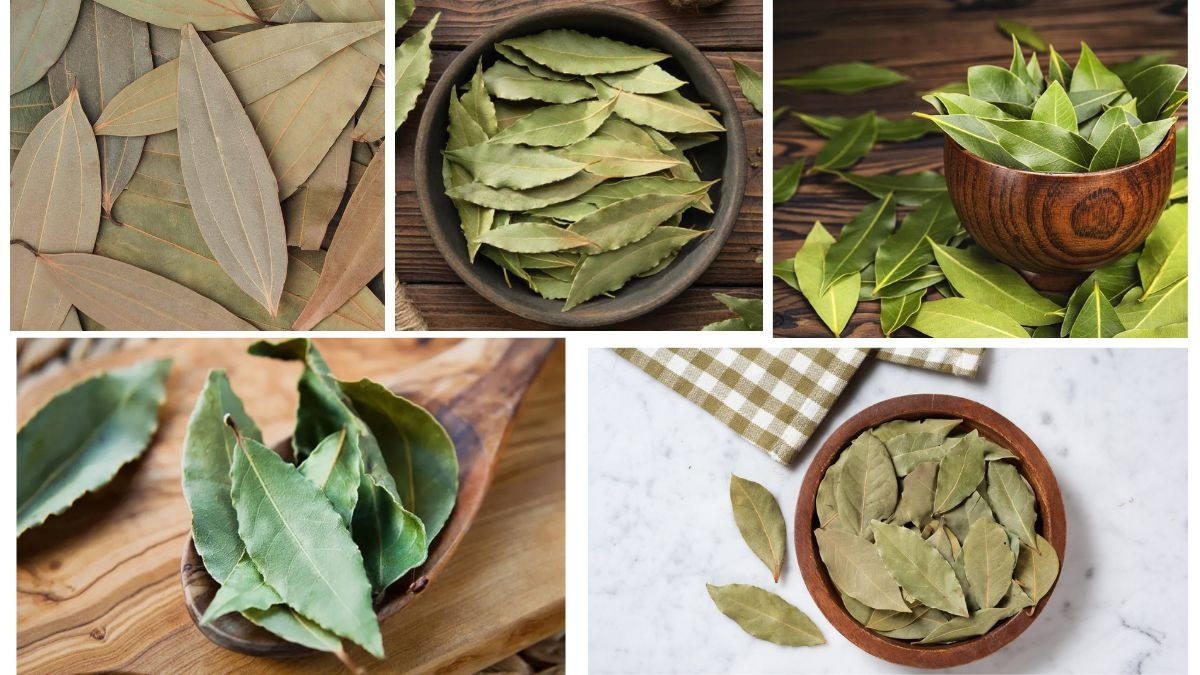

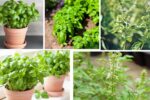
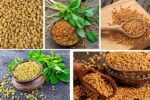
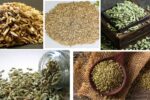
Leave A Comment